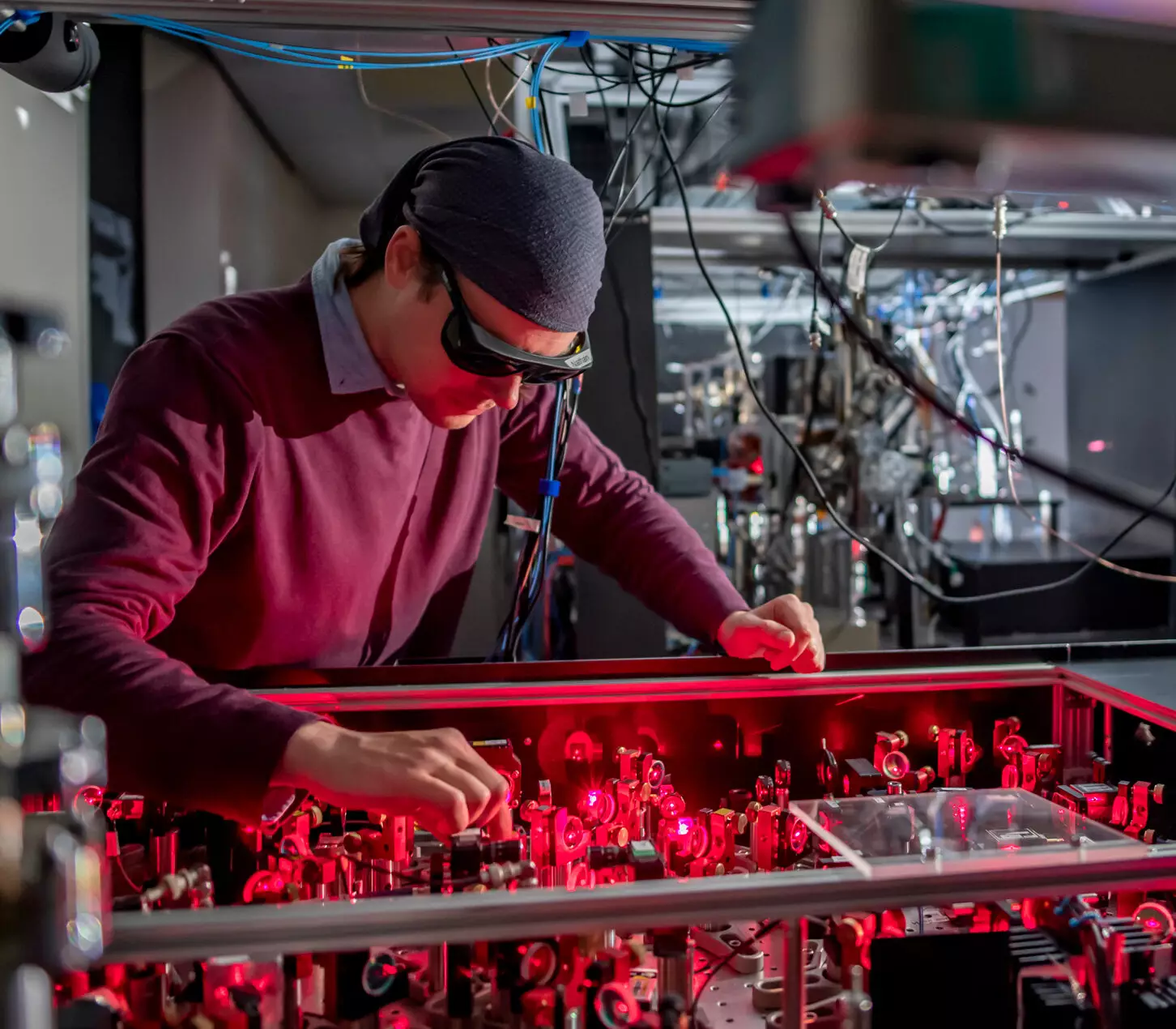

In a groundbreaking experiment, scientists at the University of Nottingham’s School of Physics have developed a new method to trap dark matter using a specially designed 3D printed vacuum system. This innovative approach aims to detect domain walls and unveil some of the mysteries of the universe that have puzzled researchers for years.
Only a small fraction of the universe is made up of ordinary matter, approximately 5%, with the rest consisting of dark matter and dark energy. While the effects of dark matter and dark energy on the universe’s behavior are observable, their true nature remains unknown. To shed light on this enigma, scientists are exploring methods to measure dark matter, such as introducing a particle known as a scalar field.
The scientists based the construction of the 3D vessels on the theory that light scalar fields undergo density driven phase transitions, leading to the formation of domain walls. Similar to how water freezes into ice, creating fault lines, scalar fields exhibit defects as density decreases. These defects, known as dark walls, are crucial in proving the existence or non-existence of scalar fields.
Using the specially designed vacuum system, the researchers will mimic the transition from a high-density environment to a low-density environment. By cooling lithium atoms to near absolute zero, -273 °C, the team will observe the quantum properties of the atoms, allowing for more precise analysis. The 3D printed vessels serve as the ideal shape and structure to trap dark matter, facilitating the detection of dark walls.
The experiment, led by Professor Clare Burrage and Associate Professor Lucia Hackermueller, is expected to provide valuable insights into dark energy and dark matter. Whether the existence of dark walls is proven or not, the experiment represents a crucial step forward in our understanding of the universe. The meticulous design of the experiment showcases how controlled lab experiments can reveal phenomena that are otherwise unobservable in the vast expanse of the cosmos.
The dark matter trapping experiment represents a significant advancement in the field of astrophysics, offering the potential to unlock the secrets of the universe’s hidden components. By harnessing innovative technologies and theoretical frameworks, scientists are pushing the boundaries of scientific exploration and paving the way for future discoveries in cosmology.
In an era where environmental consciousness is paramount, the maritime industry has long been scrutinized…
Radionuclides, often relegated to discussions surrounding nuclear energy and radioactive waste, have far-ranging implications for…
Landslides have long been a concern in areas like California, where the unique geography and…
In the vastness of our galaxy, among countless stars, lies a fascinating phenomenon known as…
This week marks a monumental milestone in astronomy as the Hubble Space Telescope celebrates its…
The enigma of dark matter has captivated the scientific community for decades. Although it constitutes…
This website uses cookies.